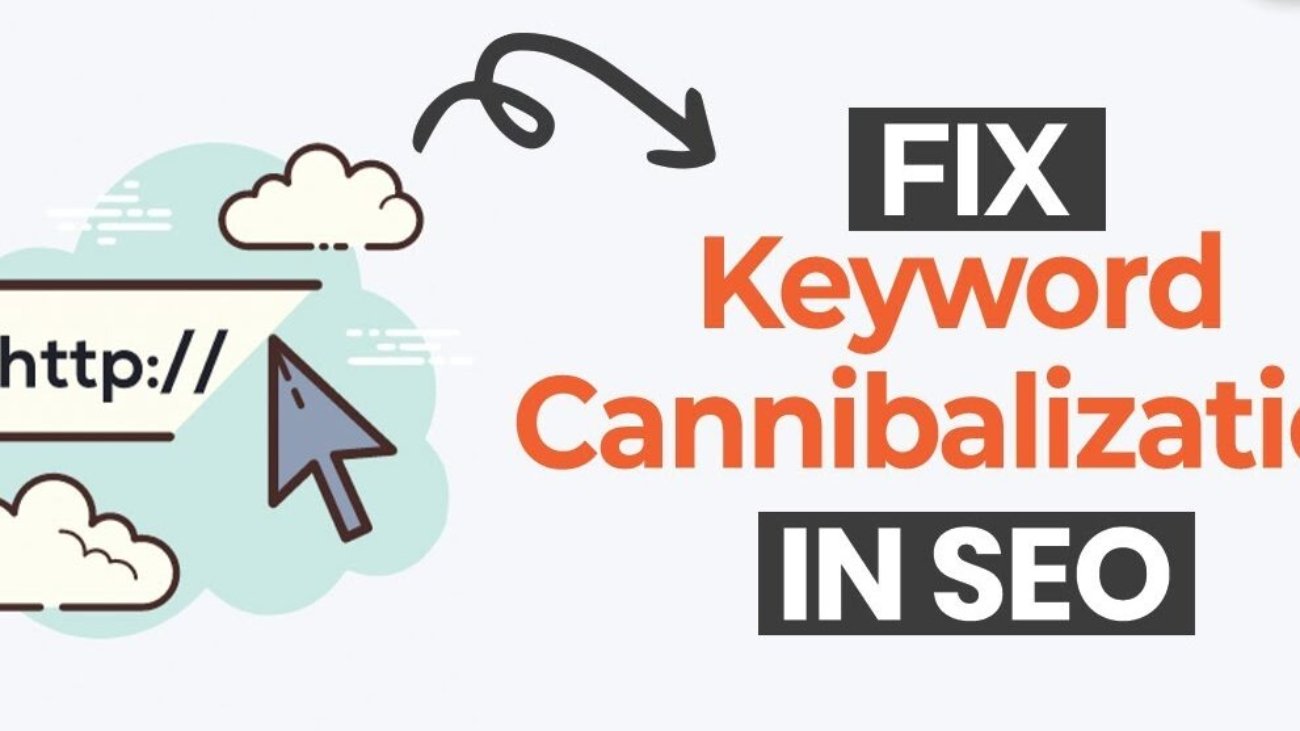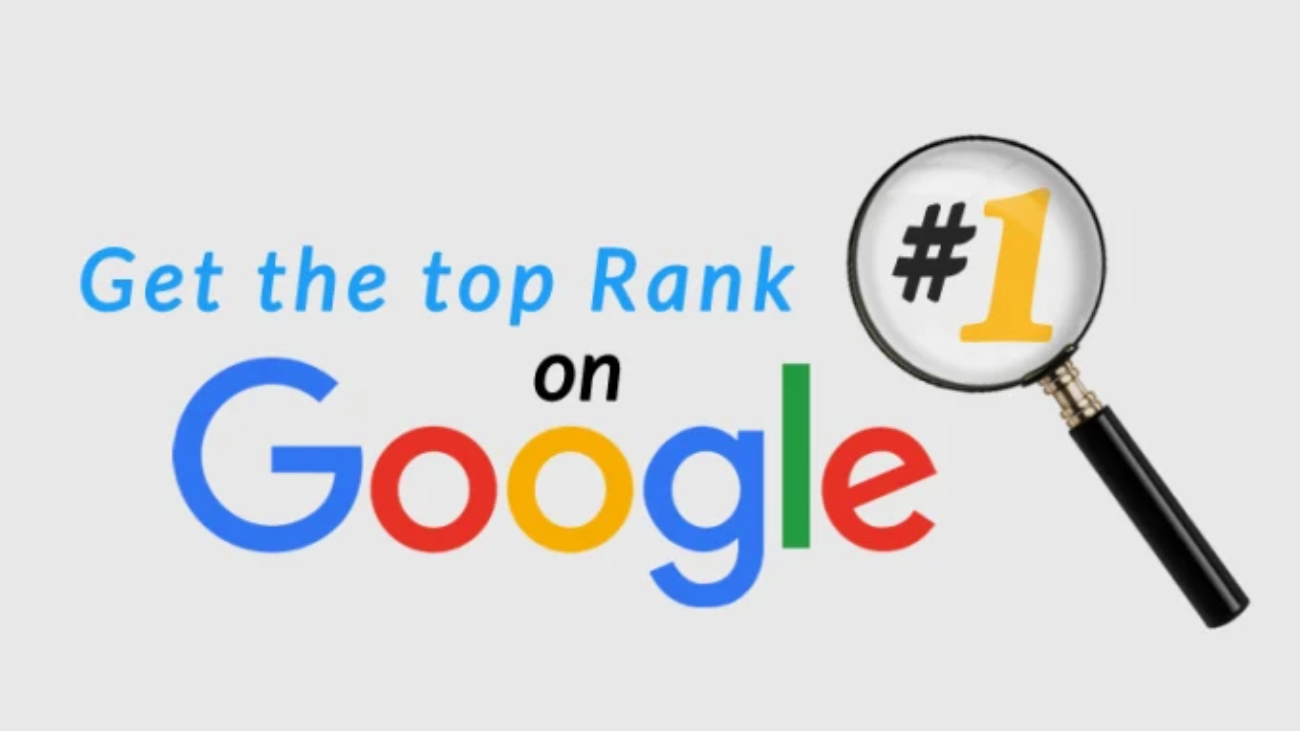In the world of SEO, everyone talks about keyword research, backlinks, and content quality. But one silent killer that often goes unnoticed is keyword cannibalization. This SEO issue can severely dilute your content’s authority, confuse search engines, and weaken your site’s ability to rank effectively.
In this comprehensive guide, we’ll unpack what keyword cannibalization is, how to identify it, and, most importantly, for site owners, understanding this concept is crucial for building a high-performing SEO content strategy.
Table of Contents
- What is Keyword Cannibalization?.
- Why Keyword Cannibalization Hurts Your SEO.
- Real-World Examples of Keyword Cannibalization.
- How to Identify Keyword Cannibalization.
- Tools to Detect Keyword Cannibalization.
- How to Fix Keyword Cannibalization.
- How to Prevent Keyword Cannibalization.
- Advanced Strategies for Keyword Optimization.
- Case Study: Cleaning Up Keyword Conflicts.
- Final Thoughts
1. What is Keyword Cannibalization?
Keyword cannibalization occurs when multiple pages on your website target the same or very similar keywords, forcing them to compete against each other in the search engine results.
For Example:
You may have:
-
Page A: “Best SEO Tools for Beginners”
-
Page B: “Top SEO Tools to Use in 2025”
If both target the keyword “SEO tools,” Google may struggle to decide which page is more relevant, often ranking neither effectively.
2. Why Keyword Cannibalization Hurts Your SEO
a. Diluted Page Authority
Instead of having one powerful, authoritative page on a topic, you end up with several weaker ones.
b. Lower Click-Through Rates (CTR)
Google may rank both pages lower due to confusion, impacting impressions and CTRs.
c. Confused Crawlers
Googlebot may waste crawl budget trying to understand similar content, leading to indexing issues.
d. Wasted Backlink Opportunities
If your backlinks are split across competing pages, no single page builds strong authority.
3. Real-World Examples of Keyword Cannibalization
Scenario 1: Blog Content
You write monthly updates on “eCommerce SEO Tips” without differentiating the keywords. These posts start ranking poorly because Google sees them as repetitive.
Scenario 2: Product Pages
Your site has multiple product variations that all target “buy running shoes,” resulting in confused rankings and reduced organic traffic.
Scenario 3: Category Conflicts
You create both a blog post and a product category page targeting “SEO software” leading to cannibalization between content types.
4. How to Identify Keyword Cannibalization
a. Manual Google Search
Use this syntax:site:yourdomain.com "target keyword"
If multiple pages appear for the same term, keyword overlap may exist.
b. Analyze Rankings
Check if different URLs rank for the same keyword at different times. This can show inconsistency caused by cannibalization.
c. Review CTR and Impressions
Use Google Search Console to see if several pages have low CTRs and impressions for identical terms.
5. Tools to Detect Keyword Cannibalization
a. Ahrefs
Use the “Organic Keywords” and “Top Pages” features to detect keyword overlap.
b. SEMrush
Run a keyword audit and filter for pages ranking for the same terms.
c. Google Search Console
View performance reports to find pages competing for the same queries.
d. Screaming Frog SEO Spider
Identify duplicate metadata, URLs, and headings that may indicate cannibalization risks.
6. How to Fix Keyword Cannibalization
a. Merge Similar Content
Combine two or more pages into one master article, then 301 redirect the older URLs.
b. Canonical Tags
Use the rel=canonical tag to tell Google which version of the content is primary.
c. De-optimize One Page
If one page is clearly more important, de-optimize the other by removing specific keyword instances.
d. Internal Linking
Guide search engines and users by linking to your preferred or primary page using strategic anchor text.
e. 301 Redirects
Permanently redirect redundant or underperforming pages to your main content hub.
7. How to Prevent Keyword Cannibalization
a. Create a Keyword Map
Keyword mapping assigns one keyword or phrase to one page on your site, ensuring clear focus.
b. Plan Content Around Topics, Not Just Keywords
Cluster content into themes or silos to avoid duplication and improve authority.
c. Audit Before You Publish
Use an SEO tool to check if the target keyword already exists in your current content plan.
d. Keep URLs Distinct and Intent-Based
Ensure that each URL serves a unique purpose or user intent. Avoid vague or overly similar slugs.
e. Establish Content Guidelines
Create internal documentation so writers, editors, and marketers follow consistent SEO content practices.
8. Advanced Strategies for Keyword Optimization
a. Use Long-Tail Keywords
Long-tail phrases help avoid broad keyword overlap. Example: instead of “SEO tools,” use “SEO tools for content marketers.”
b. Leverage Search Intent Differentiation
Target informational vs. transactional vs. navigational intent. For example:
-
“How to choose SEO software” (informational)
-
“Buy SEO software” (transactional)
c. Apply Semantic SEO
Incorporate related entities and terms (LSI keywords) to give depth to each page without repeating core keywords.
d. Content Gap Analysis
Identify opportunities where new content can fill gaps instead of overlapping with existing assets.
9. Case Study: Cleaning Up Keyword Conflicts
Client Overview:
An e-commerce brand had 12 blog posts targeting variations of “SEO tips,” all struggling to rank.
Problem:
Duplicate intent, low CTRs, and inconsistent rankings.
Solution:
-
Audited all pages and consolidated 12 into 3 focused pillar pages.
-
Implemented 301 redirects from redundant content.
-
Created a keyword map for future topics.
-
Improved internal linking using relevant anchor text.
Results:
-
Organic traffic increased by 62% within 3 months.
-
Average page position improved from page 3 to page 1.
-
Bounce rate dropped by 18%, and time on site increased.
10. Final Thoughts
Keyword cannibalization is a silent SEO killer one that often gets ignored until rankings tank or traffic drops mysteriously. The good news? It’s entirely avoidable and fixable.
By mastering core SEO skills like keyword mapping, content planning, and search intent targeting, you can prevent internal competition and guide Google to the right content. Remember, each piece of content on your site should have a unique, well-defined purpose within your SEO strategy.
Take the time to audit your site, fix overlaps, and future-proof your content with smart planning. Your rankings and your audience will thank you for it.
Measuring Success and Staying Ahead of Algorithm Updates
Understanding and applying Google’s top ranking factors is only part of the battle the real challenge lies in measuring performance and staying adaptable. SEO is not a “set it and forget it” strategy; it requires constant monitoring, testing, and fine-tuning.
Key Metrics to Track:
-
Organic Traffic: Use Google Analytics and Search Console to monitor trends over time.
-
Keyword Rankings: Track fluctuations in your core keyword positions weekly or monthly.
-
Click-Through Rate (CTR): A low CTR might signal poor title/meta optimization.
-
Bounce Rate & Dwell Time: Indicators of user satisfaction and content relevance.
-
Backlink Growth: Tools like Ahrefs can measure domain authority and link quality.
Staying Ahead:
-
Subscribe to updates from Google Search Central.
-
Participate in SEO communities like Moz, SEO Signals Lab, and Twitter/X discussions.
-
Run quarterly SEO audits to catch issues early.
-
Test new content formats like short-form video and AI-powered search snippets.
By consistently aligning your SEO strategies with these measurable outcomes and staying informed about Google’s evolving algorithm, you can future-proof your website and build long-term, compounding search visibility.

